I am learning JavaScript and having trouble understanding Temporal Dead Zone along with Hoisting. So tried the following example,
let test1;
console.log(test1);
console.log(test2);
let test2;The output is as follows:
undefined
VM883:3 Uncaught ReferenceError: test2 is not defined
at <anonymous>:3:13
From my understanding, "Hoisting" feature creates memory space for all variables declarations (var, let, const, function, class). So I believe, both test1 and test2 are read and allocated space by the compiler.
From my understanding, "Temporal Dead Zone" is specific to let & const keywords and they're not initialized as "undefined" when they're just declared. So when we access it before initialization, we get a Reference error. Hence, both test1 and test2 should have thrown Reference error.
But why was the reference error thrown only for test2? Since we have not declared both the variables, why was test1 logged as undefined?
